
I was reading your blog about recessive genes such a liver spotting and long coats. Do you mean longer than normal coats or full out "shaggy" coats? We have two Dals- one's hair is about twice as long as the other. It doesn't hang off of her or anything like that but it is definitely longer and she has a bit of fuzzy shag on her back legs. Ironically she has a full champion pedigree, whereas my other girl- (prettier) slick haired Dal- came rescued from a puppy mill. I've often wondered what caused the one to have hair so much longer than the other. Is this considered a disqualification in the breed?
The Dalmatian Standard reads, "The coat is short, dense, fine and close fitting. It is neither woolly nor silky. It is sleek, glossy and healthy in appearance." That pretty much says it all. Remember that the breed standard is our guideline for breeding the very best Dalmatians. That being said, there is quite a bit of variation in coats in this breed.
Dal coats come either short (acceptable) or long (not acceptable for showing) but in addition to the dominant gene for normal coat and the recessive gene for long coat there are probably a number of modifier genes that affect the texture, thickness and length. Some Dals have harder almost wiry coats that are often "open" - that means not tight and slick and close-fitting, while other have the normal flat sleek coat which can vary in both thickness and length. Some coats are so short they almost appear to be painted on, while others are longer and softer and the dogs may have a bit of fringe on the backs of their thighs, on their tails, and sometimes even a wavy look to the coat over their rumps. These variations are all the result of modifiers and are all acceptable for showing, although the ones with a bit more length may require the judicious use of a scissors before a dog show!
The long coats are just that, although they too will show the affect of modifier genes, but there is no mistaking a true long coat - they look more like spotted Golden Retrievers. A number of normally smooth coated breeds also carry the recessive for long coats - Weimaraners for instance. German Shepherds also carry a long coat gene - if you have ever seen a "fluffy" Shepherd, you may have seen a long coat. Some bloodlines will carry the recessive gene, most won't, but there is now a simple DNA test that can be used to see whether a dog carries that gene. Remember, because the long coat is a recessive, a dog can carry a single copy of that gene but have normal coat length. He can pass the gene on to offspring however. A puppy that inherits a copy of that gene from each parent will have a long coat. It's not common in this breed, but their were kennels in Southern California and Texas that did produce these dogs from time to time, and there is apparently someone in the Waco Texas area who has been getting these dogs as they are showing up in rescue. Beckett who is pictured about is one of those dogs.
There are more pictures of long coated dogs (as well as all the unusual colors that show up from time to time) on my website. Some of the genetics are a bit outdated as there have been some recent discoveries in the inheritance of things like brindles, but the pictures are worth looking at, and most of the information is correct. I have not worked on the color pages for a long time and do have more pictures that should be added. www.paisleydals.com/color








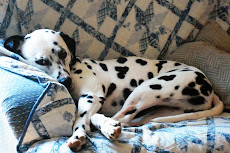







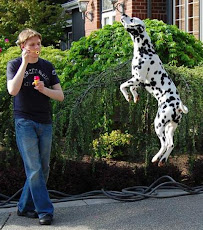

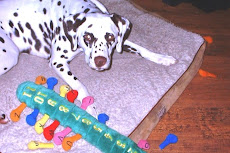

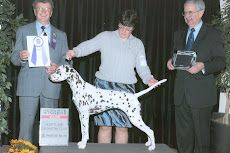
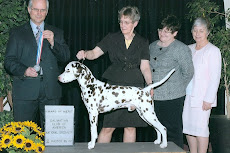


























1 comment:
Hi! The dog shown in that photo is our Becket -- his hair is considerably longer now! Long-coat Dals aren't all heavily coated, and I've known some that just had a thicker coat, and a bit of a brush tail.
And yes, the recessive gene that creates long coats runs in some of "the best of families."
Google "Long Coated Dalmatians, and you can see more.
Post a Comment